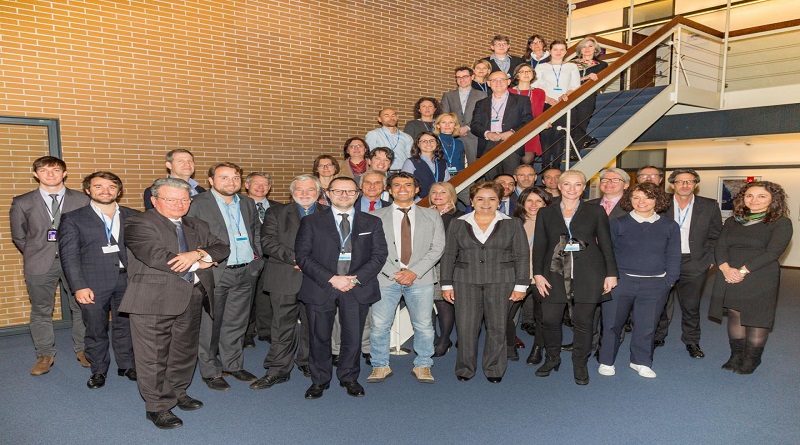New Report: Fashion Industry needs to make climate action a top trend
Companies in the Fashion Industry Charter for Climate Action are making promising strides when it comes to climate action, with more than 80% of them publicly reporting on their progress in line with their commitments, according to a new report jointly released on Monday 27 March 2023 by UN Climate Change and CDP.
The report looks at how companies in the Fashion Charter are meeting their climate commitments based on three years of reporting, underscoring the urgency of action needed to tackle the industry’s massive carbon footprint.
The report shows some progress has been made – such as complying with basic reporting requirements, disclosing more climate-related information and collaborating with each other – but the sector still has a long way to go.
According to the report, some companies are making good on their climate commitments, demonstrating ample opportunities to reduce emissions across their supply chains, but others are falling short in their efforts to drive down emissions.
“It’s critical for the fashion industry to come together and align its actions, both within individual companies and across the entire supply chain, to pave the way for the sweeping changes that are needed to address the climate crisis,” said Lindita Xhaferi-Salihu, Sector Engagement Lead with UN Climate Change. “By working collaboratively, companies can begin the hard work of slashing emissions and transforming the sector towards a renewable and low-emissions future. The goal is clear: achieve meaningful progress by 2030 and set a new standard for what it means to be a sustainable, responsible, and innovative industry.”
Charter members are expected to publicly report progress against interim and long-term targets annually, via CDP, a not-for-profit charity. According to the report, 10 Charter signatories made it on to CDP’s A-List of Companies, demonstrating real leadership in the sector. CPD data shows that currently 45% of the Charter’s active signatories are compliant with setting public climate targets needed to keep global warming below 1.5C.
The report also finds:
The number of signatories who have set a measurable 100% renewable energy target for their operations by 2030 increased from 18% to 42% between 2020 and 2022.
The number of signatories disclosing total consumption sourced from renewable energy has nearly doubled from 2021 to 2022 and marks an 88% increase in transparency since the first reporting year (2020).
Signatories are increasingly calculating and reporting their Scope 3 emissions – the emissions that occur in a company’s value chain but are not directly controlled by the company. These emissions include raw materials extraction, transportation and distribution of products, and the use and disposal of the company’s products by customers. CDP estimates that a company’s Scope 3 emissions are more than 11 times higher than a company’s Scope 1 & 2 emissions – the emissions that a company directly produces from its own operations – combined.
In 2022, 80% of signatories indicated they engage their supply chains on climate-related issues, demonstrating a 20% increase in overall supplier engagement.
Over the past three years, a growing number of signatories have engaged with the public policy sector on driving positive environmental change. In 2022, 26% of signatories reported engaging with policymakers on climate-related issues and influencing policy, law, or regulation.
The Fashion Charter was set up with the support of UN Climate Change in 2018 to provide a pathway for the industry to achieve net-zero emissions by 2050, in line with global efforts to limit warming to 1.5C. Other commitments in the Charter include sourcing 100% of electricity from renewable sources by 2030, sourcing of environmentally friendly raw materials, and phasing out coal from the supply chain by 2030.




